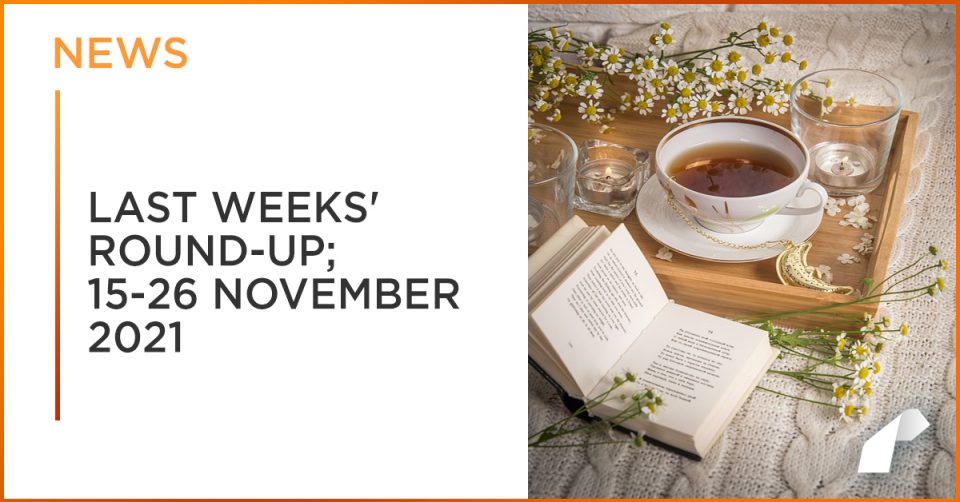Last weeks’ round -up;
15-26 November 2021

Good Machine Learning Practice (GMLP) – Guiding Principles
As the artificial intelligence and machine learning medical device field evolves, so too must best practice in Good Machine Learning Practice (GMLP). Through regulatory collaboration between the U.S. FDA, Health Canada, and the MHRA, 10 guiding principles have been identified which should be addressed when medical devices use artificial intelligence and machine learning software. These 10 guiding principles, which address the unique nature of these products are intended to lay the foundation for developing GMLP, in addition to the promotion of safe, effective, and high-quality medical devices that use artificial intelligence and machine learning.
For more detailed information about these principles please see https://lnkd.in/dvEUQE_4
Updated mitigation strategies to reduce the risk of nitrosamine drug substance-related impurities in drug products
The FDA has received reports of certain types of nitrosamine impurities that formed in several drug products. These nitrosamines share structural similarities to the active ingredient and are therefore referred to as drug substance-related impurities (NDSRIs). NDSRIs may be generated during manufacturing or during the shelf-life storage period of the drug product. NDSRI formation has also been attributed to nitrite impurities present in commonly used excipients, including water, at parts-per-million amounts. Manufacturers are expected to use the three-step mitigation strategy described in the FDA’s guidance (Control of Nitrosamine Impurities in Human Drugs) to determine the presence of nitrosamines, including NDSRIs in their drug products. The Agency is encouraging applicants to develop control strategies and/or design approaches to reduce NDSRIs to acceptable levels if unacceptable levels are detected. One mitigation strategy described in the guidance includes a supplier qualification program for potential nitrite impurities across excipient suppliers and excipient lots to reduce the risk of nitrosamine formation in the drug product.Other possible mitigation strategies are also described in the FDA article linked below.
https://bit.ly/RealCMC-3xoZ8KE
CMDh meeting: Ph. Eur. finished product monographs / EMA
The CMDh has published the minutes for the meeting held between the 12th and 14th October 2021. During the meeting the QWP responses to the CMDh questions on Ph. Eur. Medicinal Product Monographs (MPMs) were presented. The QWP has advised that, in principle, already authorised products for which a Ph. Eur. MPM is official should comply with the requirements described in the monograph, unless otherwise described in the General Notices of the Ph. Eur. If the MPM is official before a generic product is approved, the generic product has to comply with the requirements described in the monograph. However, if the generic product is approved before the MPM is developed, the MPM should have been developed to embrace the quality of all approved medicinal products. If this has not been the case and the generic product specification is wider than the range described in the MPM, this should be communicated to the National Pharmacopoeia Authority and EDQM to be considered for inclusion in a revised monograph. Several other scenarios are also described in Section 3.9 of the meeting minutes below.
https://bit.ly/RealCMC-3nCZjP8

